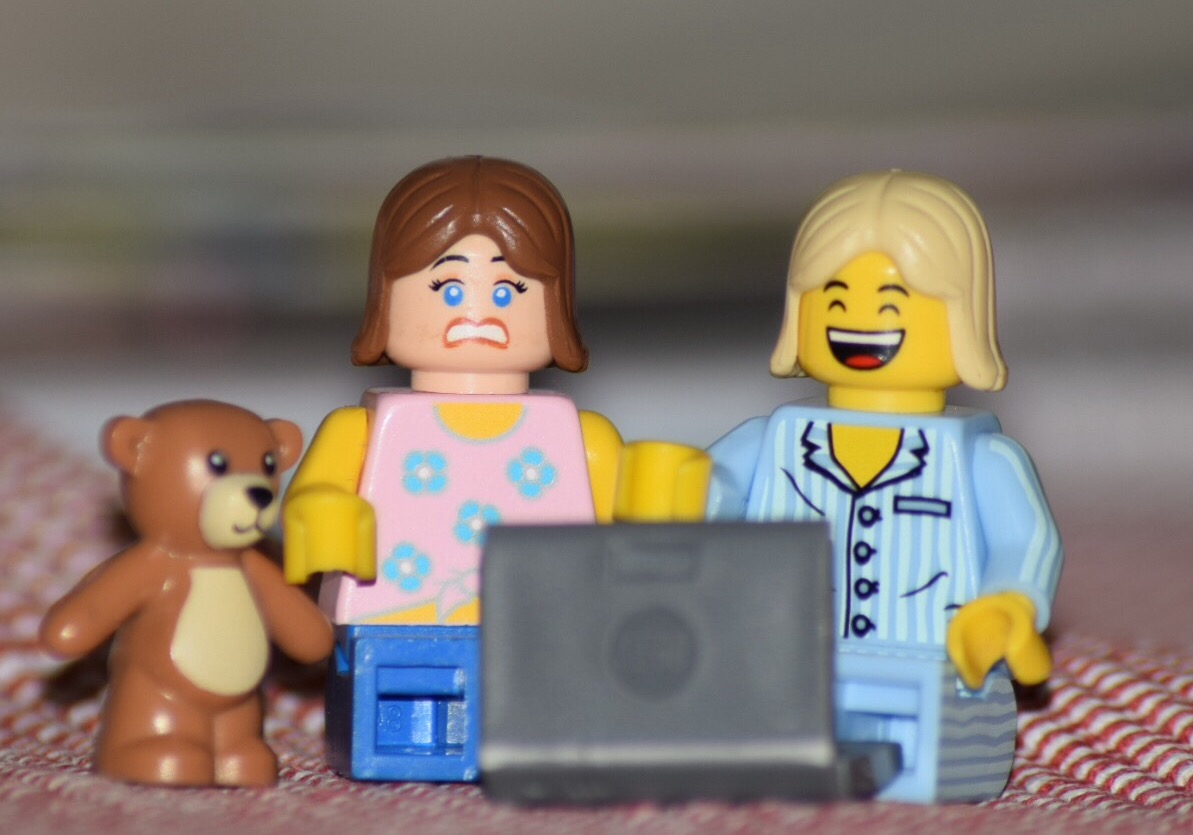Gone are the days when a child’s access to pornographic material was about finding Dad’s Playboy magazine in his bottom drawer or even stumbling across a National Geographic in the library.
Gone, too, are the video cassettes delivered to a mate’s dad’s friend’s places from our Nation’s capital city in a brown paper bag.
Gone, as well, the dial up access to internet pornography – the bah-bing-dah-high-pitched-scream noise that opened the gateway to download overnight three minutes of visual footage and rendering the computer useless while it was so downloading.
In place of magazines, videocassettes and dial-up, we now have 24/7 access on the home computer, laptop, tablet or mobile phone to high resolution pornographic images, movies or chat sites. By typing, even accidentally, a rude word into a search engine or clicking or swiping on a “pop-up”, pornographic material can be accessed instantly ……and we are starting to see it’s impact on Mr and Mrs Average-Joe’s household.
More and more Mr Average-Joes are presenting for help to save their family, marriage, job and happiness from the effects of internet pornography.
More Mrs Average-Joes are managing their unhappy or unfulfilled feeings by turning to online games with pornographic undertones. Some adult women enjoy role playing games where they choose a rather sexy looking avatar and have wonderful adventures that replace the perceived dullness they are experiencing in their lives.
Sadly, the Average-Joe children are being exposed, much earlier than ever before, to sexually explicit material. Innocence gone. Some of the material is accessed via the internet and some is captured on various texting and visual messaging systems. Without an appropriate understanding of the foundations of healthy relationships, or even body parts, children can be very negatively affected by exposure to graphic sexual images.
The concerns? Well, they are many…
- Children being upset and frightened by what they see
- Children acting-out sexually at school and home
- Children hurting or abusing other children in sexual ways
- Children thinking that sexual partners want the kind of sex they see in pornography
- Children being groomed in online chat rooms for their sexual exploitation
- Children (sometimes in countries where poverty is high and laws and human rights are non-existent), being exploited in the manufacturing of pornographic material
- Children “orphaned” and parents “widowed” – loosing a parent to the cyberworld.
So, where to begin to tackle the issue of access to pornography? We need to take steps to: Prevent, educate and react safely and appropriately.
Prevent.
Watch your child whenever they are on the computer or internet connected device. As tempting as it may be to let the screen baby sit, be sure to be in watching/monitoring distance.
Make sure you haven’t stored any pornographic material on your device (even any home-made videos on your phone)
Be sure to model a balanced use of screen/cyber time and real life. If you think your cyber life is taking over from your real life, stop! Get help.
Educate.
Talk to your child in age-appropriate ways about healthy relationships. This might start off with conversation about personal space and what to say and do when you don’t like how someone is treating you. Talk about caring, power-balance and consent.
Give your child clear ways to respond if they feel unsafe or uncomfortable by what they see on the internet. Ensure they know the basics of protective behaviours – again, in a balanced and age-appropriate way talk about privacy, private parts, looking, touching and secrets.
Along with sex education, talk to your children about relationships not just the biology/plumbing of sex.
While internet pornography is more prevalent and more available, it is certainly not the way to learn about sex or to learn what will make you sexually attractive or popular
After the teen years, talk about the pornography industry. Explain how pornographic material is made and the differences between real relationships and what is depicted in porn. (Hint – real relationships have a beginning, middle and sometimes, an end…pornography has a very short, sometimes momentary, middle, all out of context).
Also be sure to discuss with teens about the legal ramifications of storing pornographic images on their mobile devices or sharing it with mates across cyber-space.
React.
It’s important that they be protected from exposure for as long as possible. However, if a child is exposed, it is important that they share their experience with a safe adult, that they ask questions and have them answered sensitively and age appropriately.
If you are a teacher, medical professional, carer, social worker or psychologist, remember your legal responsibilities in relation to reporting issues of child safety to the authorities.
The end goal is to raise or support children to become young adults who understand where pornography sits in the scheme of healthy relationships. Ideally, this understanding will come from day to day healthy modelling, talking and discussion about how people relate safely and respectfully to each other across ages, genders, relationships types and the media they are using to relate.
Pornography is certainly no substitute for the intimacy of a safe, loving, consenting, adult relationship. Let’s all do what we can to make sure we set children on the path to knowing that safety and love are an important part of all close relationships – no matter what your age.
You might like to have a look at some of the Big Hug books to help you with some tricky conversations with your early school-aged children. “Friendship is Like a See Saw” introduces the idea of balance in relationships and “The Internet is Like a Puddle” can help open up conversation about the importance of using the internet safely.
